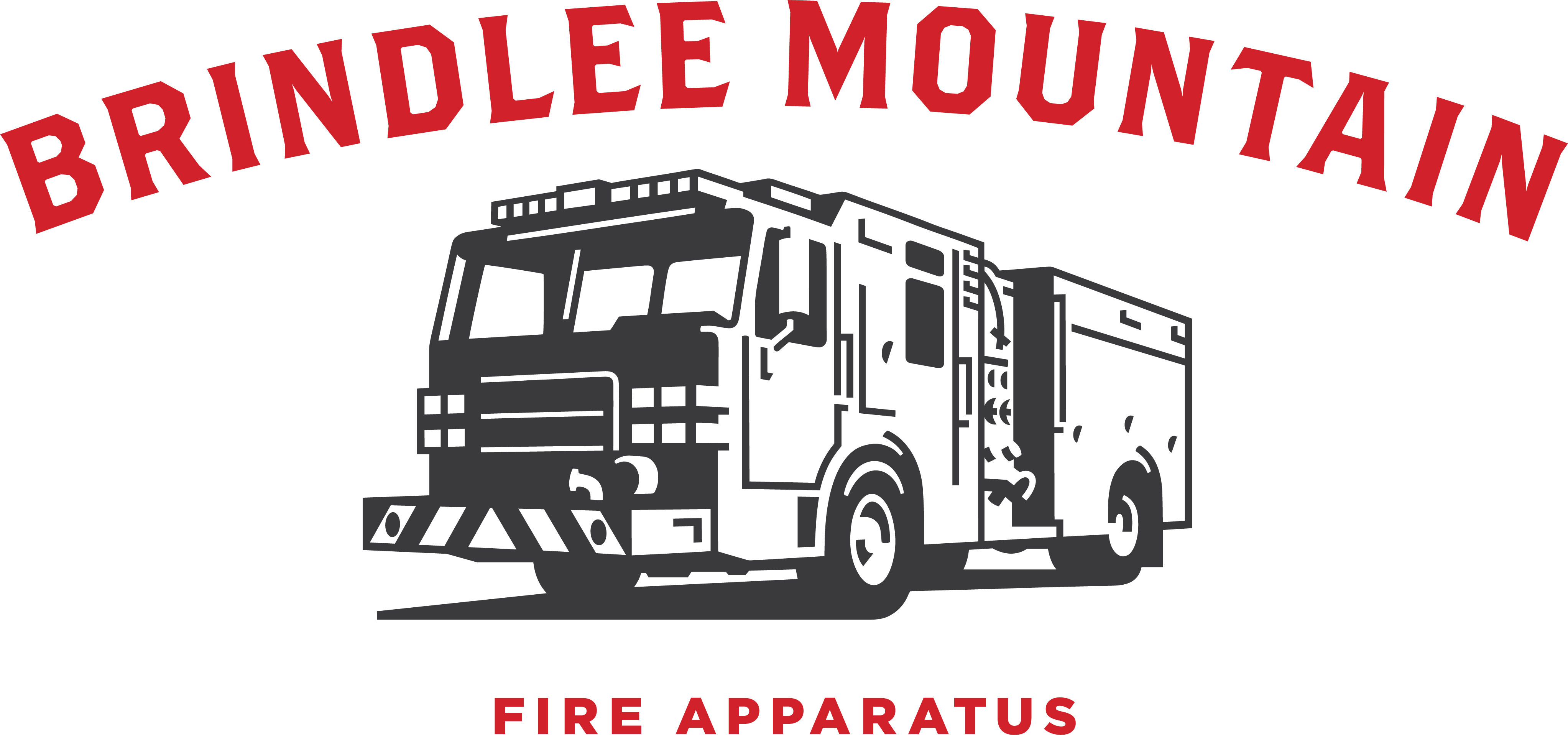Commercial airline traffic this spring is off 90% from last year. Are you using your time wisely to prepare for a new reality?
Dr. Daniel Prather, A.A.E., CAM, has four suggestions below to strategize for the future.
Dr. Daniel Prather knows airports. An Accredited Airport Executive, and former Founding Chair of Aviation Science at California Baptist University (CBU), Dr. Prather is a tenured Professor of Aviation Science at CBU. Previously serving for eight years as Assistant Director of Operations at Tampa International Airport, he is an instrument-rated private pilot and active industry consultant and trainer. Throughout his career, he has authored multiple books on aviation management, including his textbook Aviation Management published by ASA. When we spoke recently, he had great insights about how to turn downtime into advances.
-
Prioritize training -- FAA inspectors look for complete training records. Whether live fire or classroom-based, make sure your training records are up-to-date. Go beyond that to make sure every member understands how the ARFF department fits into the larger picture of how the airport is regulated by Part 139.
-
Re-evaluate your resources -- Going forward, will you need to maintain the same ARFF Index? What staffing, equipment & facilities will you need? If it takes 3-years to get back to pre-pandemic traffic levels, what does that mean for you?
-
Get ready for the new reality -- Expect an increase in medical calls. Airline passengers will be screened for body temperature, likely resulting in medical calls. What if a passenger is denied boarding, what happens? Figure out how you are going to respond. How can you protect your crew? Work with your public safety department. Run scenarios. Come up with a game plan.
-
Create a contingency plan for your department -- Dr. Prather recommends performing a SWOT analysis (strengths, weaknesses, opportunities & threats). What preparations can you make to run at the same tempo when the next crisis comes? For example, what is your back-up supply chain for fire fighting agent? Consider business continuity.
Make the most of the opportunity right now. Build a stronger department so you are prepared for the next challenge.

